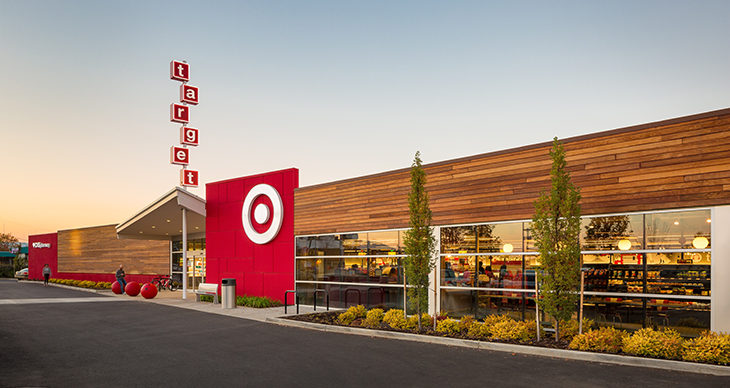[et_pb_section fb_built=”1″ admin_label=”section” _builder_version=”3.0.47″ custom_padding=”0|0px|54px|0px|false|false”][et_pb_row admin_label=”row” _builder_version=”3.0.48″ background_size=”initial” background_position=”top_left” background_repeat=”repeat”][et_pb_column type=”4_4″ _builder_version=”3.0.47″ parallax=”off” parallax_method=”on”][et_pb_text _builder_version=”3.17.2″ background_size=”initial” background_position=”top_left” background_repeat=”repeat”]
2019: Big Threats and Opportunities for Brands
It’s harder than ever for a brand to keep the focus on its promise. Enormous market forces pushing from all sides, the potential for extremely high returns if you take risks, global competitors after your brand and fickle customers ready to damage your reputation at any moment create enormous challenges to staying focused on long term value.
In 2019, how have brands been holding up in this complex world and staying afloat with both reputation, sales and customer success?
Below I’ll highlight my three top successes, three most miserable failures and one that seems to straddle the categories.
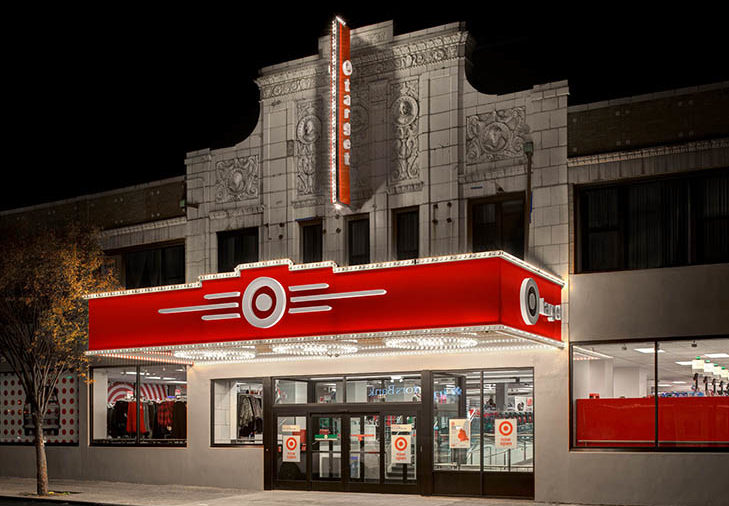
Target – a revolution in retail success through all channels
Target has now mastered the brick and mortar store format with every possible size imaginable from a giant two-floor mega-store in suburban malls containing everything from clothing, household furnishings, and groceries to 8,000 square foot convenience stores and 15,000 square foot “general stores” in the middle of neighborhoods that carry just about every little item.
They’ve also totally figured out their online strategy. What is bought online can ship it to you, or the store easily. They’re masters of warehousing and distribution for all channels of their business but most important of all — everyone loves them. They are an excellent employer and support first time workers with great training programs. They respect the customer with a great sense of product design and are very fashion-conscious and meet or match all the fashion standards that are out there today.
Target has now mastered the brick and mortar store with every possible size and shape imaginable and they do online sales seamlessly
Target’s forward-thinking, customer commitment, products that are affordable and matching what the market wants shows they are way more than just focusing on the revenue bottom line. Then know that the customer, the employee and the store environment are linked together to make customers love them. This is what drives sales and return to the shareholders when over 9,000 other stores are closing and well-known brands are sinking into bankruptcy.
You need to stay aware of the market and the customer to win with brand love and sales in this complex world.
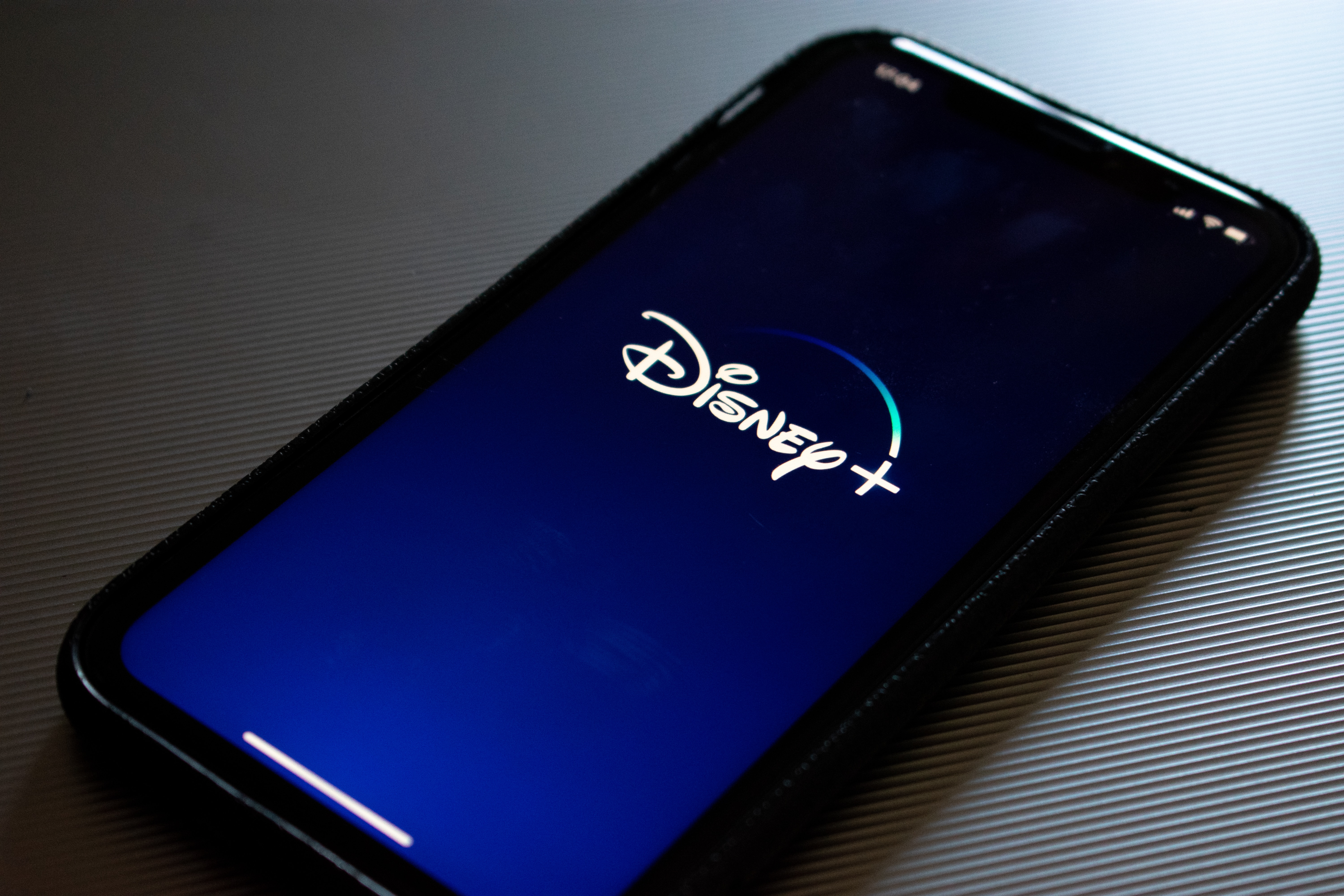
Disney – a master of content and, now, streaming
With nearly ninety years of media-savvy behind them, Disney now has an amazing CEO who totally gets that the brands they own are really owned by consumers, and a winning strategy of understanding the history and legacy of their content and assets they’ve purchased. Every aspect of Disney, from the TV shows in the 1950s and 60’s to the movies and adventure park experiences that their kids and grandkids grew up with, including Pixar and Marvel, are all experiences and content that covers all ages. Now they launched the Disney+ streaming service. With nearly 24 million subscribers since November, they have a complete range of content, both original and purchased. It’s almost annoying how successful they are, not just in the US but globally. They totally understand the values of their customers and consistently deliver on these values.
With nearly ninety years of media-savvy behind them, their amazing CEO totally gets that the brands they own are really owned by consumers
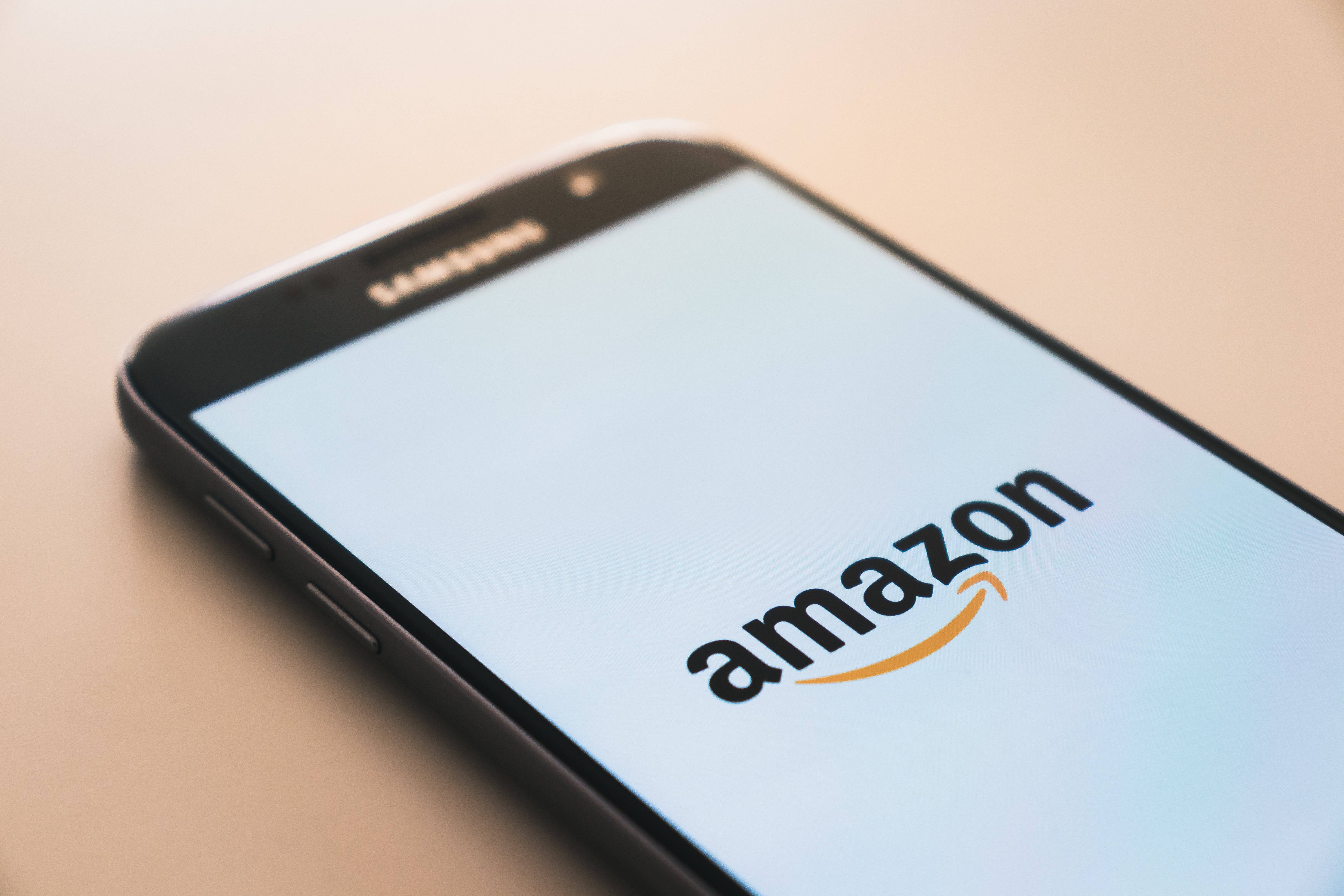
Amazon – all about the customer connection, and they always come through
They do more than e-commence with streaming services, the Whole Foods brand, and now same-day delivery and don’t forget the Echo with our friend Alexa. Amazon has a broad range of products, services, and consumer connections that everyone uses at some level. Many of them, well, make us feel good or taken care of. And, on top of that Jeff Bezos, the CEO and now the owner of the Washington Post and Blue Origins has a deep commitment to more than money – a commitment to new ideas, free speech and technology. This blended experience of the brand is good for Amazon who constantly is under the media’s scrutiny for its sheer size and dominance. But they’ve balanced all of what they are doing with clarity about the demands of the customer, which is essential.
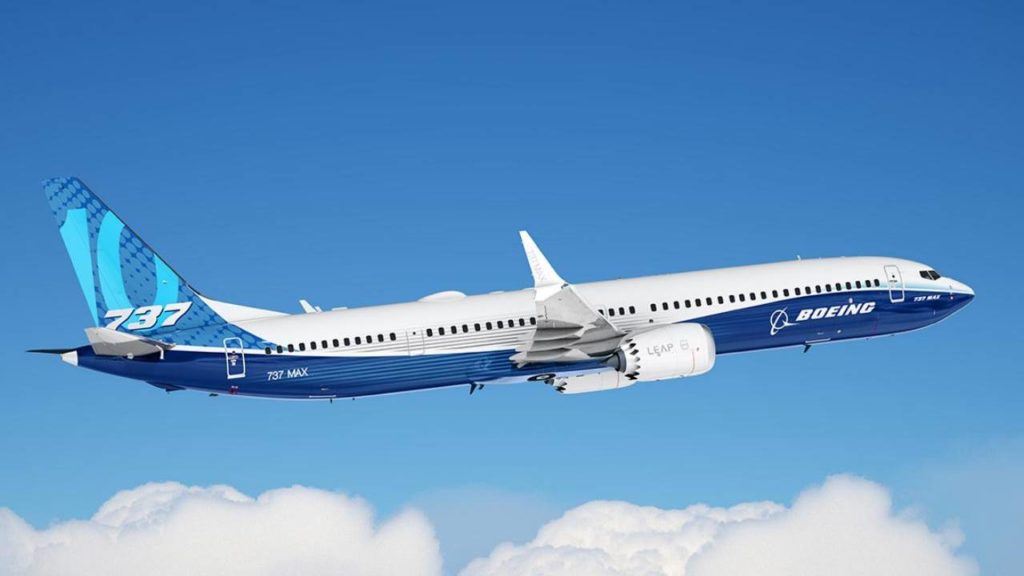
Boeing – a disaster that could have been avoided
With the CEO driving hard towards financial success there was no clear view beyond shareholder value. The mission of the company was lost. They were focusing totally on getting the 737Max out the door and in this process they lost focus on the most important and valued part of their brand, the customers. It’s not like buying a toaster or computer, flying means death if the product does not work and the checks and balances that everyone assumed where there, were not.
They were intent on getting the plane out the door they did not have a focus on the most important and valued part of their brand – the customers
How does this happen? In our financial-performance-driven world, the broader view of the customer gets lost when the analysts look at the company – they lose the brand. They want results and see a product that will bring results. When CEO Dennis Muilenburg was fired, new CEO, Dave Calhoun, did three things that are beginning to turn the ship. He immediately called the head of the FAA and assured them that safety was the number one priority. He called the CEOs of all the top airlines, he called the employees and suppliers and made it clear to everyone that it was his job and Boeing’s job to make a great product that’s safe for all the flying public. This is about understanding the brand, not just products and pricing but all the stakeholders who support the brand value in the market.
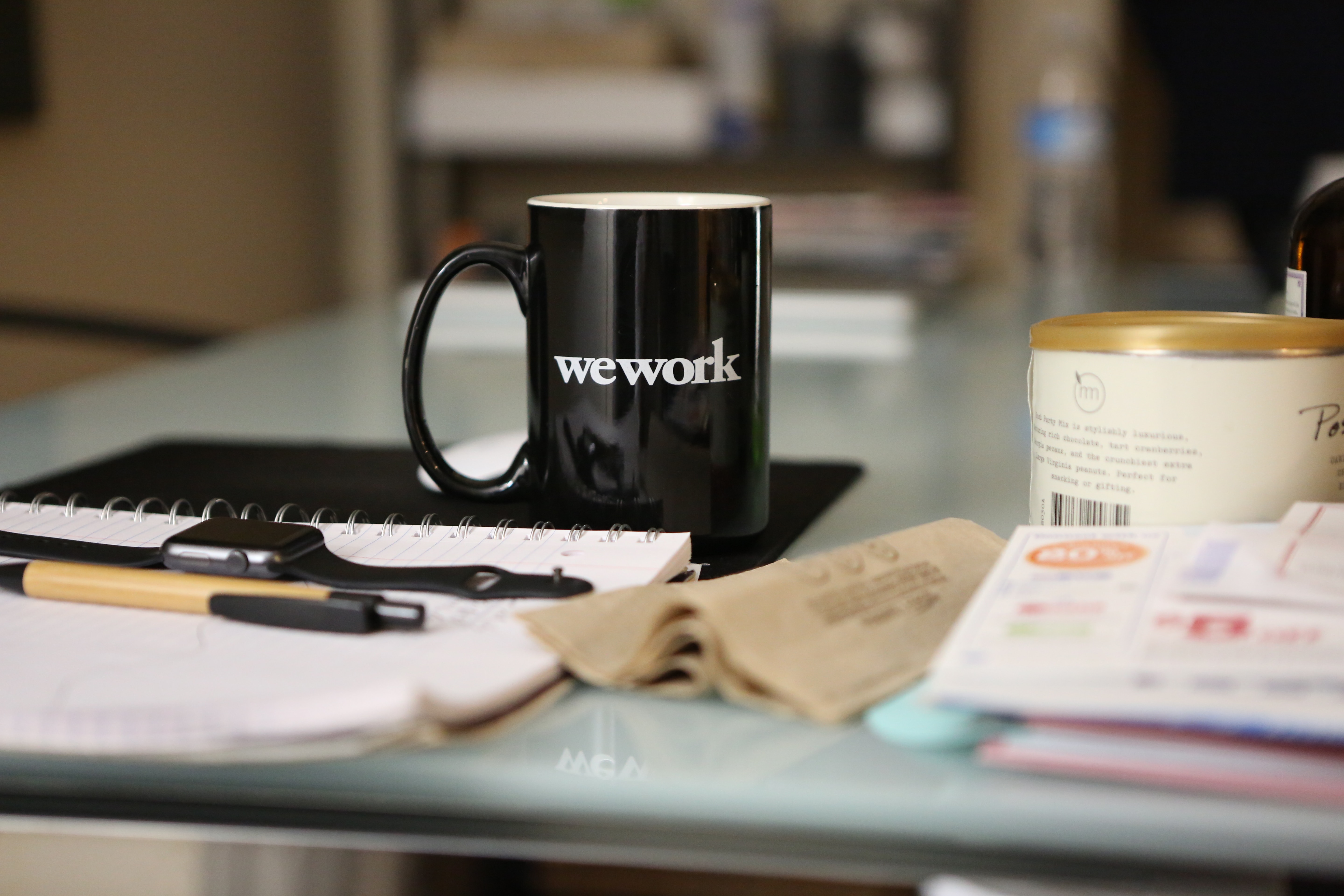
WeWork – a unicorn that bluffed everyone
The over-expansion and over-inflation of the value of WeWork show how in the startup and “unicorn” world investors start believing everything they hear without any verification of facts and results. The vast expansion of WeWork became its “success” but no one looked at the value, the cost, the customers and how this all would work. Remember there were no shareholders yet, just Softbank in for $10 billion at this point and they were believing what they wanted. Then they received the draft prospectus for the initial public offering as they planned to go public. Great brands that invent whole new business models must keep in mind that business acumen and revenue must go hand in hand with the shiny new brand everyone loves.
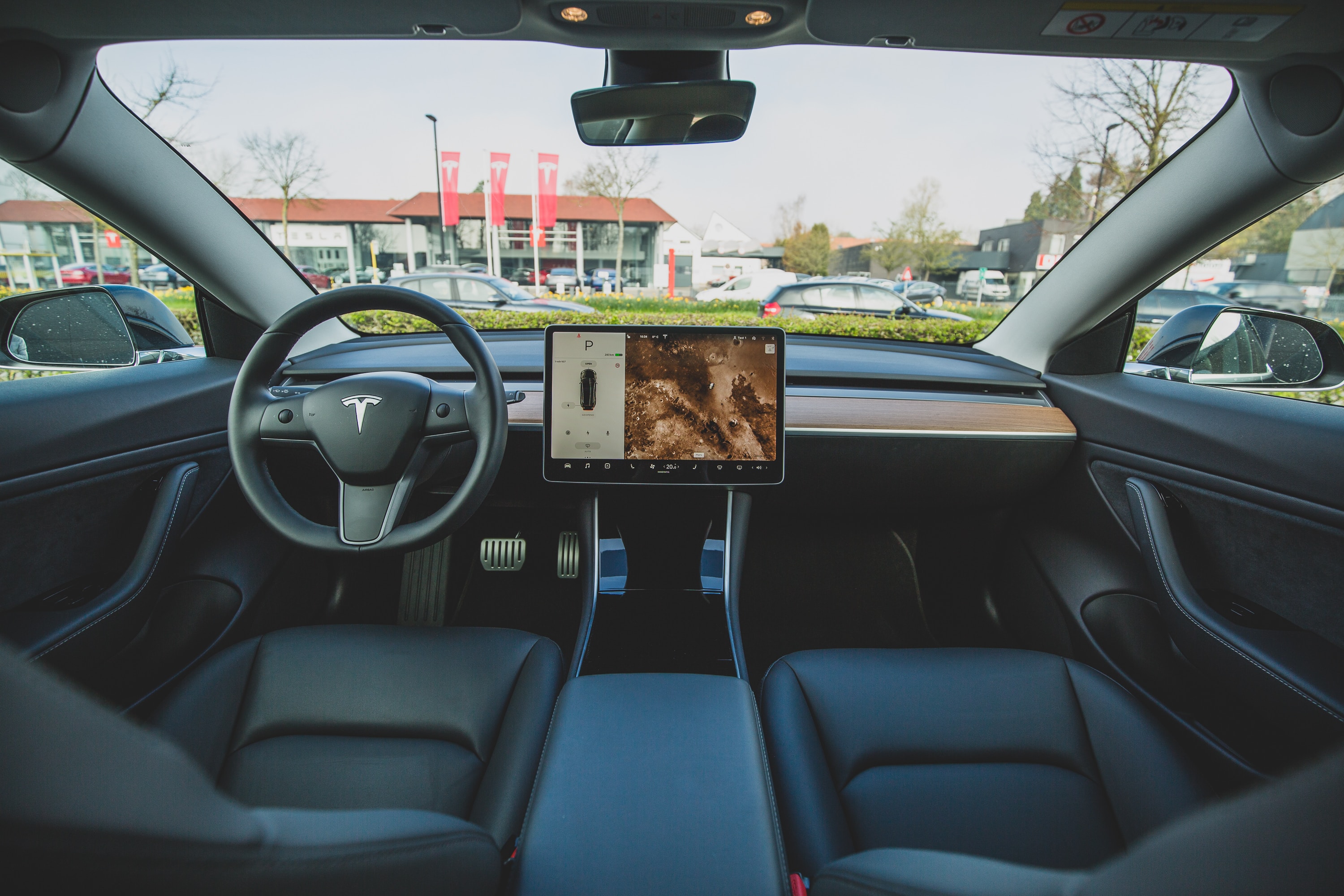
Tesla’s Cybertruck dreams got shattered – but the brand is on top
Gasps of awe turned to disbelief when Elon Musk unveiled Tesla’s Cybertruck. Then, the vehicle’s supposedly shatter-proof window was smashed into smithereens. Musk, who reportedly was heard muttering profanity under his breath, was shocked and the media laughed at this symbol as a joke more than a successful-space age electric truck. But putting this aside, the Tesla brand, for the most part, is adored by Tesla car owners, though often ridiculed by the public and media. The controversial Musk himself is a brand magnet for his company as well as for SpaceX.
Technologists and Millennials look at him and his brands as experiments that are trying to create markets and in most cases, he’s operated like the old fashioned inventor-industrialists of the early 19th century, such as Edison and Ford. He publicly tries things, some times weird things, like the Boring company and the test tunnel in LA to SpaceX which is a remarkable example of private companies developing a system to launch for-profit programs into space. Ok, the Cybertruck was a flop, but over 200,000 people have put down $100 deposits on the first trucks to come out, without any advertising or marketing. That’s $20 million dollars to Tesla without interest, in advance. No car company has ever done this. So I guess Tesla’s flop is a brand success. Entering 2020 they opened a massive plant and are now the most valued car company in the world (measured by share value).
Brands need to keep their focus on their business, their customers and their profitability, thinking ahead of the market in this highly complex global market place.
[/et_pb_text][/et_pb_column][/et_pb_row][/et_pb_section]
